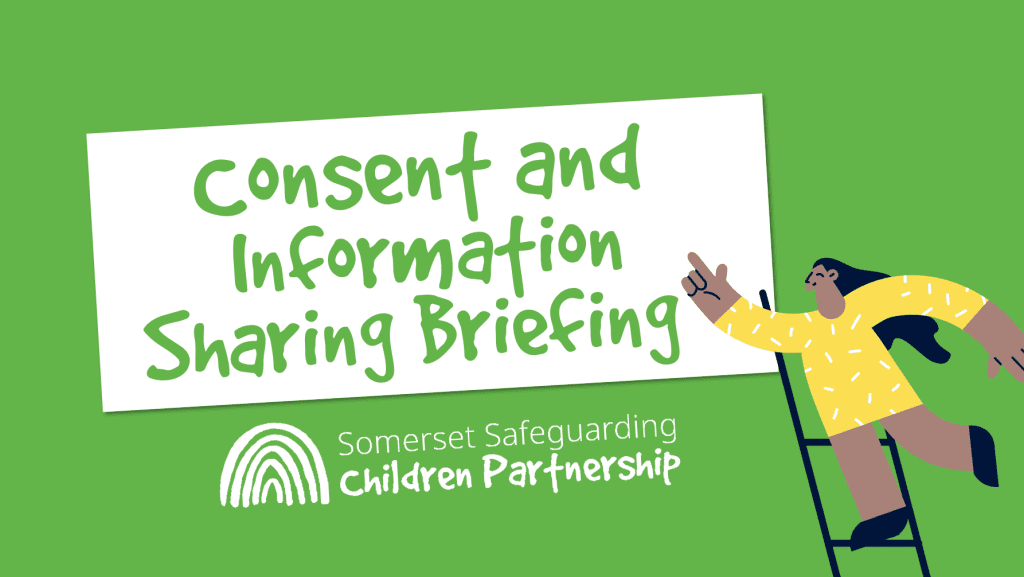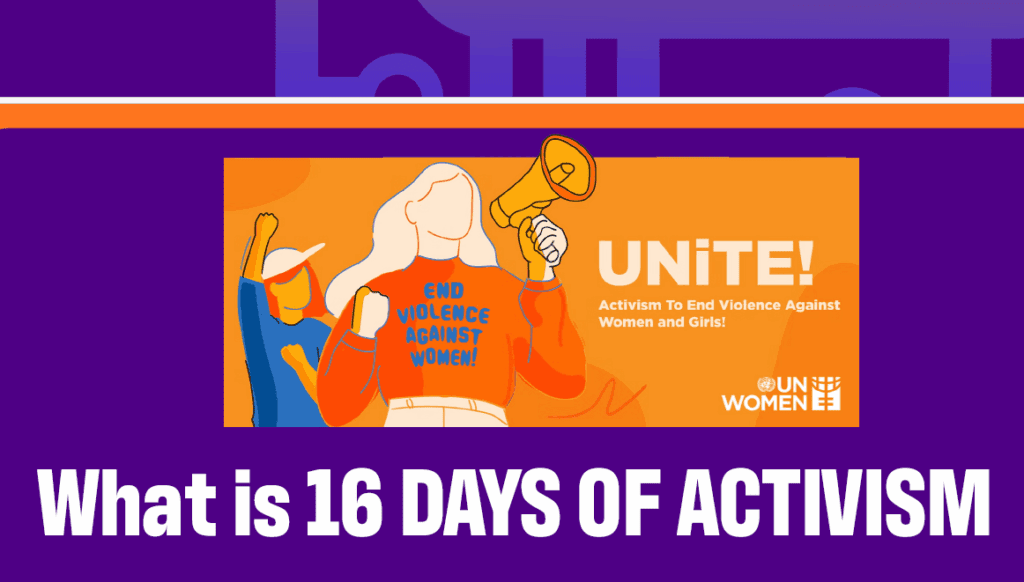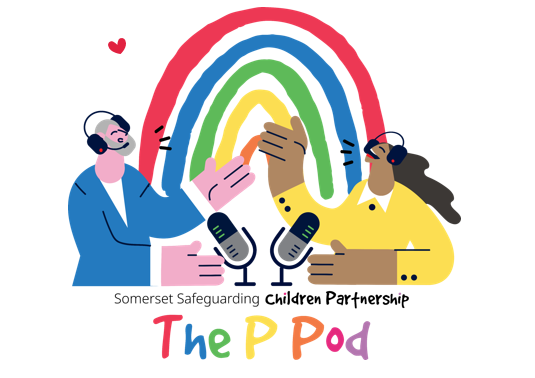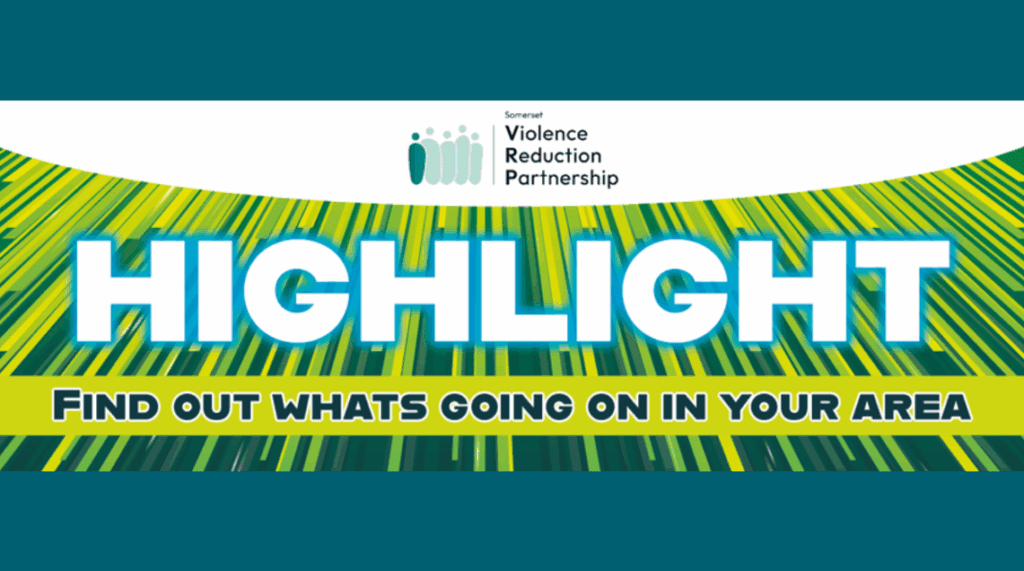Understanding Information Sharing and Consent
The SSCP have produced an Information Sharing PowerPoint and use case examples to help support multi-agency practitioners understanding of information sharing and consent – you can find the resources below
This guidance outlines the importance of sharing information about children, young people and their families in order to safeguard children. It should be read alongside the statutory guidance Working Together to Safeguard Children 2023 and Information Sharing advice for practitioners providing safeguarding services for children, young people, parents and carers, May 2024.
For the purposes of this guidance, we are drawing on the definition of safeguarding and promoting the welfare of children set out in Working Together to Safeguard Children 2023 as follows:
- Providing help and support to meet the needs of children as soon as problems emerge.
- Protecting children from maltreatment, whether that is within or outside the home, including online.
- Preventing impairment of children’s mental and physical health or development.
- Ensuring that children are growing up in circumstances consistent with the provision of safe and effective care.
- Promoting the upbringing of children with their birth parents, or otherwise their family network through a kinship care arrangement, whenever possible and where this is in the best interests of the children.
- Taking action to enable all children to have the best outcomes in line with outcomes set out in the Children’s Social Care National Framework.
THIS GUIDANCE DOES NOT COVER CONSENT FOR MEDICAL TREATMENT – Health practitioners should refer to their regulator’s guidance or NHS advice.
All decisions to share or not share information should always be recorded with the rational of what was / was not shared with who, how, when, and the lawful basis for sharing.
FAQ’s
Requesting the involvement of another agency for assessment and provision of services.
Practitioner Resources
Learning resources:
Film resources:
Podcast episodes:
Further reading
Working Together to Safeguard Children 2023
Information sharing advice for safeguarding practitioners 2024
ICO – A 10 step guide to sharing information to safeguard children
GDPR Information Sharing Protocol
Somerset SCP Tier 1 Information Sharing Agreement
Data Sharing Agreements – Important information for professionals
Have Your Say: Child Sexual Abuse (CSA) Practitioner Confidence & Knowledge Survey
The Somerset Safeguarding Children Partnership (SSCP) is inviting all multi-agency practitioners to take part in…
Join the 16 Days of Activism: UNiTE to End Digital Violence Against Women and Girls
What is 16 Days of Activism? The 16 Days of Activism is a global campaign…
The P Pod: Empowering Schools with NSPCC Programmes
In this episode, we talk to Tamsin Sheldrake from the NSPCC to explore the organisation’s…
The P Pod: Safeguarding Victims and Vulnerable people with the Lighthouse Safeguarding Unit
In this episode we hear from Alison Jenkinson and Tim McDonald from Avon and Somerset…
Somerset’s Highlight Youth Hubs: New Venues, New Times, Same Big Impact!
Young people in Somerset spoke up—and we listened. The Highlight Youth Hubs are back with…
The P Pod: Fearless – Helping Young People Report Crime
In this episode we hear from Lauren and Georgie from Fearless (part of Crimestoppers). Recently…




